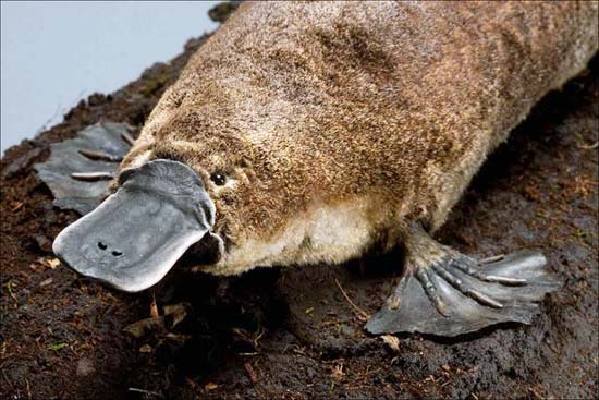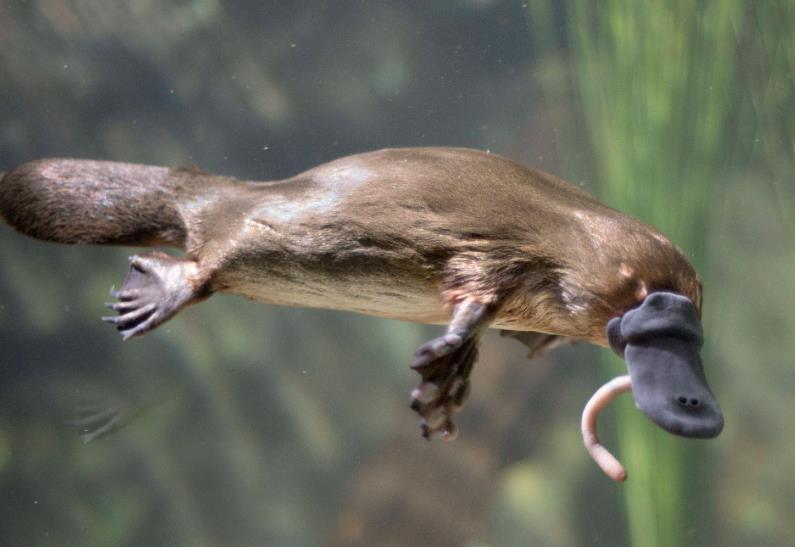A study recently published in the British magazine Nature pointed out that warm-bloodedness in mammals may have originated in the Late Triassic about 233 million years ago. The findings, based on fossilized inner ears of mammalian ancestors, advance our understanding of the evolutionary history of mammals.

Warm-bloodedness, or endothermia, is a key characteristic of mammals and birds that allows them to maintain a nearly constant core body temperature and live in a variety of environments. Endotherms are behaviorally more active than cold-blooded ectotherms, can migrate farther distances, and move faster; cold-blooded ectotherms are generally slower, less active, and have weaker aerobic capacity. However, the earliest date when endothermia appeared in the history of mammals has been difficult to determine because most fossil evidence is incomplete.

A joint team composed of scientists from the University of Lisbon in Portugal, the Museum of Natural History in the United Kingdom, and the Field Museum of Natural History in the United States believes that the structure of the inner ear semicircular canals of mammalian ancestors may help to understand when mammals transition to endothermia began. of. These semicircular canals of the inner ear contain a fluid called endolymph, whose viscosity changes with the animal's body temperature.

The team studied the structural changes of the semicircular canals in 56 extinct species that were the ancestors of mammals, and then discovered changes related to endothermia, such as narrowing of the semicircular canals. They found that during a period of climate instability in the Late Triassic, the semicircular canal structure suddenly evolved in mammalian ancestors, indicating that endothermy evolved roughly during this period. These findings are associated with a 5-9 increase in body temperature and an increase in aerobic and anaerobic capacity.
animal tags:
We created this article in conjunction with AI technology, then made sure it was fact-checked and edited by a Animals Top editor.